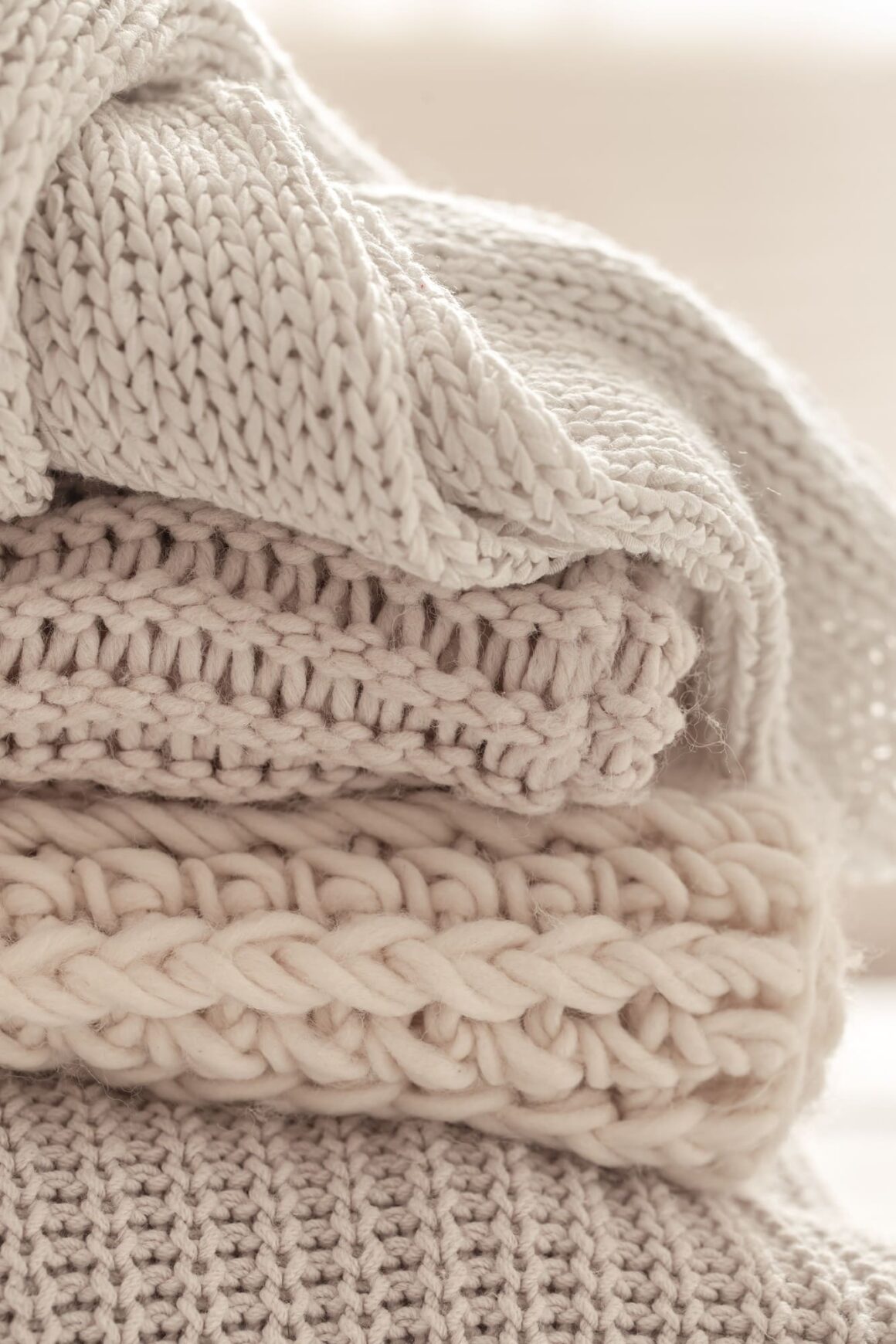For several years now, the name Grade A Cashmere has been flourishing, and a number of brands, some of them Cashmere specialists, claim to use this quality.
Find out more : More information on Cashmere grades
What is Grade A cashmere ?
The grade A, grade B, grade C designation was created by specialized cashmere spinning mills to define the quality levels of their yarns. Grade A: very good. Grade B: not bad. Grade C: not so good.
As a reminder, the spinning mill transforms the hair into yarn. Then the knitter buys the yarn and makes sweaters.
When you dig deeper into this story of grades, you realize that each spinning mill has its own definition. In fact, there are no standards for grades, so you can put whatever you like. As a result, in Europe, you can’t have Cashmere tested in a laboratory to make sure it’s Grade A, since the lab can’t rely on a standard. In fact, Chinese spinning mills qualify 15.5-micron hairs as grade A, and are much more flexible when it comes to hair length. In fact, this enables them to counter the Mongolian spinning mills, whose bristles are slightly thicker (16.2 microns) but can be up to 10 mm longer. Remember that thickness has an impact on softness and length has an impact on pilling. In short, depending on whether the Cashmere is of Mongolian origin (from the country of Mongolia) or of Inner Mongolian origin (Chinese province), it may be qualified as Grade B or Grade A, and vice versa.
As an anecdote, when we started working with our Nepalese knitter 18 years ago, we met different knitters there, and there were already A, B and C grades.
Grade A meant “it’s 100% Cashmere”. Grade B meant “there’s cashmere, but also silk”, and Grade C meant “it has the feel of cashmere, but there’s none at all”. Grade C was usually made of viscose, a material that imitates cashmere when properly processed.
Grade A or grade B: how do I know if I’m buying good cashmere ?
Let’s be clear: you won’t find a Cashmere brand claiming to make anything other than Grade A. There’s no such thing. So the term A-grade is not a distinctive sign of quality, unfortunately. The best brands don’t usually indicate the grade. This doesn’t mean that my bad brands always do, but it simply doesn’t mean anything.
Identifying quality Cashmere before you buy is not easy. We have another blog post on this subject that we recommend you read. Indeed, it depends on the nature of the hair (thickness, length, whiteness), the way it was assembled to form a yarn, the way this yarn was then knitted into a garment, and finally the way this garment was treated during the final washing phase, which is extremely important in the process.
At Mahogany, we can help you become a Cashmere expert. But in the end, you’ll still have to take the plunge (with us or another brand) and take the risk of a 1st purchase. You’ll need to look at the softness – but not just the softness, because softness is not a sufficient guarantee – and then you’ll need to wear it to judge for yourself its comfort and longevity. And only then will you have an idea of the quality, especially if it’s a specialist, where quality is generally monitored.
The answer is understandably frustrating, but it’s also the most honest.
You can find out more in our other article on Cashmere quality.
Our other articles on Cashmere
Cashmere trends





